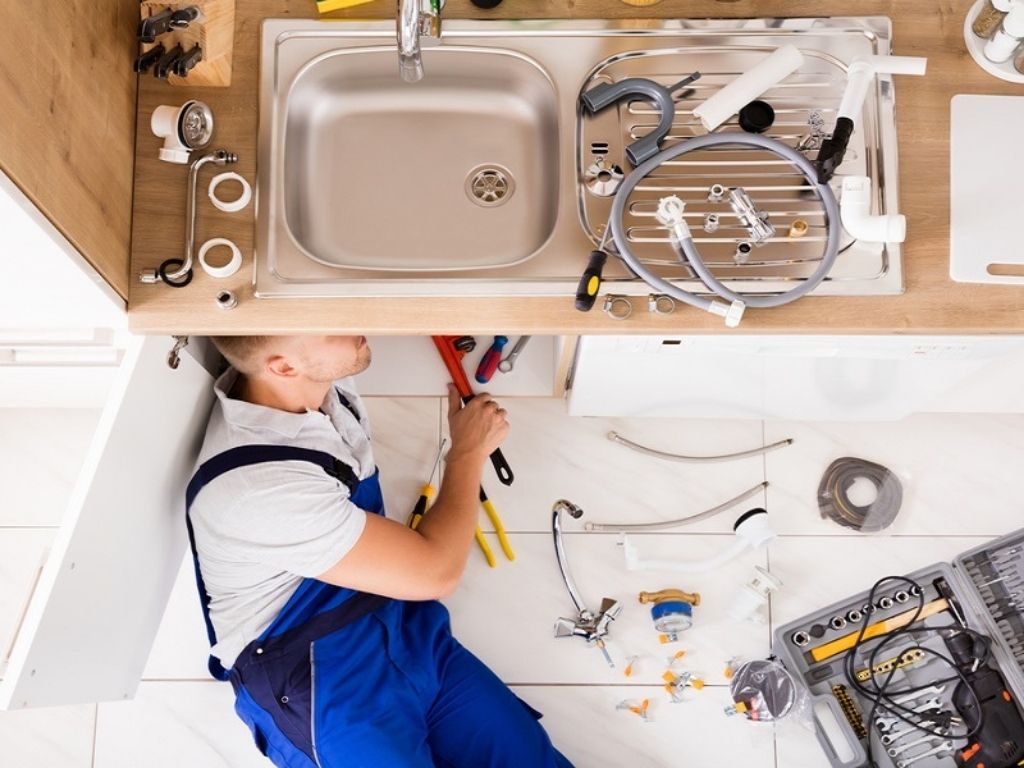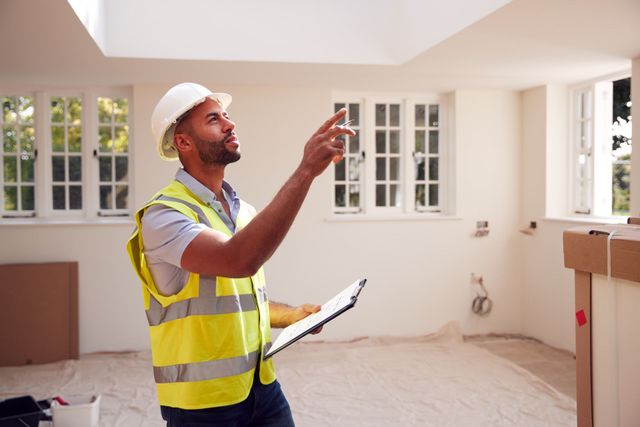Any individual is bound to have their unique ideas involving Plumbing Maintenance and Repair in your Rental Property.

Taking care of plumbing concerns in rental residential or commercial properties effectively is essential for preserving tenant fulfillment and maintaining the home's worth. Whether you're a landlord or a property manager, knowing just how to resolve these usual troubles can save you time and money while guaranteeing compliance with lawful obligations. Here's a step-by-step overview on just how to manage plumbing issues in rental residential or commercial properties.
Document Every little thing
Maintain in-depth records of all reported plumbing concerns and the activities taken to resolve them. Documents must include dates, descriptions of the problem, interaction with occupants, and receipts from contractors or plumbing professionals. This details can be important for insurance cases, tax obligation deductions, and lawful security.
Use Qualified Professionals
Constantly use qualified and insured specialists for considerable pipes repair services and installations. This makes certain that the work is up to code and can assist avoid responsibility problems in case of accidents or additional damage. It additionally assures lessees that repair services are being handled properly.
Establish Clear Interaction
Encourage lessees to report any type of pipes issues as quickly as they take place. Offer numerous communication channels such as phone, email, or a lessee portal to make it very easy for them to reach out. Trigger responses to these records can prevent minor issues from rising into significant problems.
Inform Lessees
Educate your occupants about what makes up a pipes emergency and what does not. Offer standards on just how to deal with small concerns themselves, such as utilizing a bettor to unblock a toilet. Likewise, educate them about what they ought to stay clear of taking down drains to avoid obstructions, such as grease, coffee grounds, and non-biodegradable products.
Normal Upkeep
Carry out a routine upkeep routine for all pipes systems in your leasing homes. Regular checks can assist identify and settle problems like leakages, sluggish drains pipes, or corroded pipelines before they come to be severe. Consider employing a professional plumbing professional to evaluate the homes annually or semi-annually.
Quick Action to Emergency Situations
Have a plan in position for responding to pipes emergency situations. This ought to consist of having the contact details of dependable pipes solutions that provide 24/7 emergency situation repairs. Quick action is vital to reduce damages in situations like burst pipelines or severe leaks.
Preventive Upgrades
Take into consideration upgrading older plumbing systems and fixtures to more modern-day, efficient models. This can decrease the frequency and extent of pipes issues and reduced lasting maintenance expenses. It's likewise a marketing factor for possible tenants who value upgrades and contemporary functions.
Lessee Move-Out Inspections
Conduct comprehensive plumbing checks throughout move-out examinations to ensure that any problems are determined and attended to prior to a brand-new tenant moves in. This avoids conflicts with new occupants over pre-existing problems and ensures the home remains in leading problem.
Understand Lawful Obligations
Understand your lawful duties pertaining to pipes and basic building upkeep. The majority of territories call for proprietors to guarantee their properties are habitable which all pipes systems remain in good working order. Failing to attend to significant concerns immediately can cause lawsuits from renters.
Renter Reimbursements
If a plumbing issue calls for prompt interest and the renter fixes the issue on their own, have a clear plan in position for repaying costs. Ensure lessees recognize they must acquire prior approval for higher-cost fixings unless it's an outright emergency.
Conclusion
Taking care of pipes issues in rental residential or commercial properties calls for an aggressive method and good interaction with occupants. By staying on top of upkeep, responding promptly to emergency situations, and utilizing qualified specialists, property managers can keep their buildings in exceptional condition and keep great relationships with occupants.
How to Handle Water Damage in a Rental Property
What is Water Damage?
Water damage is harm or destruction caused by water entering areas where it is not supposed to be. It can be caused by a variety of sources and can manifest in different ways. The most common examples of water damage include:
Leaking roof Plumbing leaks Appliance malfunctions Poor drainage Flooding Sewage backup Condensation Tenant negligence HVAC system issues Frozen pipes Is water damage dangerous?
Water damage itself is not inherently dangerous, but it can lead to various hazards and health risks if not promptly and properly addressed. The severity of these risks depends on the extent of the water damage, the source of the water, and how quickly it is mitigated.
Some potential dangers associated with water damage include structural damage, mold and bacterial growth, electrical hazards, water contamination, and pest infestations. In situations where mold and mildew have gone unaddressed, mold can start to develop within 24-48 hours of water exposure, and this can impose a serious health risk to tenants. In particular, mold spores and damp conditions can lead to respiratory issues and even make existing health problems worse, such as allergies, asthma, or immune disorders.
Water Damage in an Apartment - Who is Responsible?
If the water damage is caused by the tenant’s negligence, the tenant is responsible for the cost of repairs. If the water damage is caused by a defect in the property, the landlord is responsible for the cost of repairs. If the water damage is a result of natural causes, such as excessive rain, then the landlord is responsible, since the water intrusion likely occurred due to a defect in the property. Landlord Responsibility water damage in rental property
Since maintaining habitability is the landlord’s legal responsibility, landlords are responsible for any resulting structural damage caused by water damage. These structural damages may include damage to walls, roofs, ceilings, and flooring. If water damage has affected the rental property’s original structure, the landlord is responsible for repairing or replacing those materials. Therefore, landlords should have property insurance that covers the structural components of their rental property so that they can receive help with the costs of covered events.
Preventative measures can also help landlords avoid massive renovations. Preventative maintenance may include conducting regular inspections to identify and address potential water damage before it becomes a major and urgent problem.
If a landlord fails to meet their responsibilities regarding water damage, it can lead to legal disputes and potential liability. Tenants who believe their landlord is not addressing water damage issues in accordance with California law can seek legal advice or contact local housing authorities for assistance.
https://www.goodlifemgmt.com/blog/water-damage-in-a-rental-property/

I found that content on How to Handle Plumbing Issues in Rental Properties when doing a lookup on the search engines. I beg you take a moment to share this blog posting if you liked it. Thank you for being here. Don't hesitate to come visit our blog back soon.